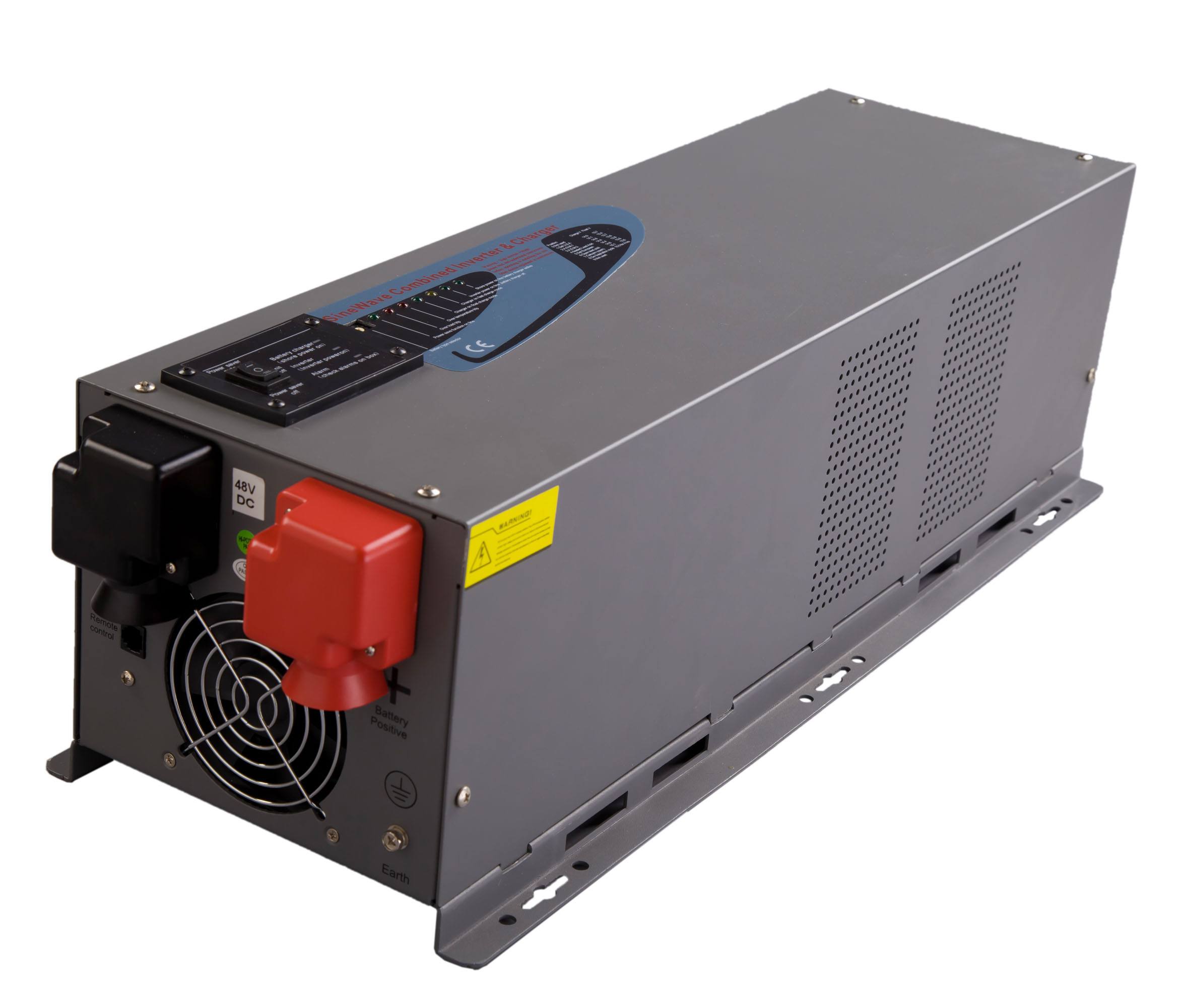
Photovoltaic (PV) inverters are an essential component of solar power systems. They convert the direct current (DC) electricity generated by solar panels into alternating current (AC), which is necessary for powering homes and businesses, and for connecting to the grid. These inverters play a vital role in optimizing solar energy output; they can track the maximum power point (MPPT) of the solar panels, ensuring that the system operates at peak efficiency. Additionally, advanced PV inverters can incorporate various features such as monitoring systems, which provide real-time data on energy production and system performance.
Energy storage inverters, on the other hand, are specifically designed to manage the flow of electricity to and from energy storage systems, like batteries. These inverters enable the conversion of AC power from the grid or from renewable sources into DC power to charge the batteries. When energy is needed, they convert the stored DC power back into AC power for use in the home or for feeding back into the grid. This two-way conversion is essential for efficient energy management, allowing users to harness renewable energy and use it when needed, ultimately providing more stability to energy consumption patterns.
The primary distinction between solar inverters and energy storage inverters lies in their functionalities. While PV inverters are focused on converting and optimizing solar power generation, energy storage inverters emphasize managing battery systems. The applications for these inverters also differ: PV inverters are essential for solar energy systems connected to the grid, whereas energy storage inverters are crucial for off-grid systems or for hybrid systems that combine solar generation with battery storage. This pairing can enhance energy independence and reliability during peak demand or outages.
Integration is another key factor setting these two types of inverters apart. PV inverters are typically more straightforward as they only need to connect to solar panels and the grid. In contrast, energy storage inverters must be compatible with both batteries and potentially multiple sources of generation, which may include solar PV. In terms of efficiency, both inverters strive to maximize energy use, but their mechanisms differ. PV inverters prioritize the immediate conversion and optimization of solar energy, while storage inverters focus on energy management, ensuring that stored energy can be effectively utilized when needed.
As the demand for renewable energy solutions grows, the technology behind both photovoltaic and energy storage inverters continues to evolve. Innovations such as smart inverters are emerging, capable of enhancing the functionalities of both systems by incorporating advanced monitoring, control features, and flexibility in energy distribution. The integration of both inverter types in hybrid systems paves the way for a more sustainable and resilient energy future. Understanding their differences helps both consumers and energy professionals make informed choices about which systems best suit their energy needs.
Next:The Role of Inverters in Hybrid Electric Vehicles
Previous:Technical Requirements and Testing Methods for Grid-Tied Photovoltaic Power Generation Inverters